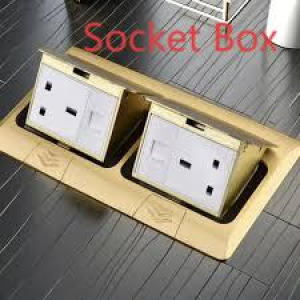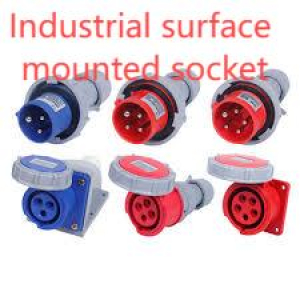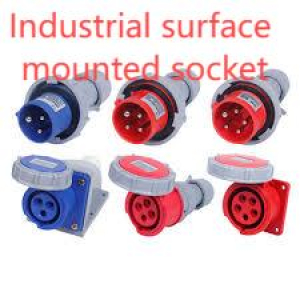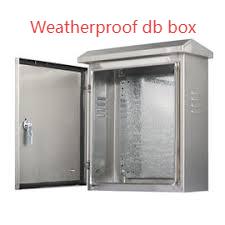Choosing the right electrical distribution enclosure for outdoor use is a decision that balances durability, accessibility, and long-term maintenance. A well-designed Weatherproof db box installed with attention to cable entries and mounting will protect components from water ingress and environmental damage, and a correctly rated Weatherproof db box can reduce unexpected failures in wet or dusty conditions.
Understanding how enclosures fail helps installers and facility managers make smarter choices. Moisture entry, poor sealing at cable entries, and corrosion of terminals are common failure modes. Condensation can form when internal temperatures differ from external conditions, and without appropriate venting and drainage this condensation will compromise insulation and fasteners. Preventive design focuses on avoiding trapped moisture and ensuring easy inspection points so technicians can spot issues early.
Material selection plays a crucial role in the overall lifespan of outdoor installations. While stainless steel offers excellent corrosion resistance in coastal environments, high-grade plastics and powder-coated steels provide a good balance of weight, conductivity isolation, and affordability. The choice depends on exposure conditions: chemical atmospheres, ultraviolet radiation, and mechanical threat levels all factor into which material will perform best over time.
Thoughtful internal layout makes on-site work faster and safer. Mounting plates that allow tidy wiring routing reduce the chance of accidental short circuits during maintenance. Clear labeling of circuits and a logical arrangement of terminals and protective devices make troubleshooting straightforward, cutting downtime. Consideration for future expansions — such as spare knockouts or modular internal components — saves money by avoiding full replacements when systems grow.
Sealing technology deserves focused attention. Gaskets must be compressible enough to form a continuous barrier yet durable under repeated access. Silicone and EPDM gaskets are common choices; the method of securing the lid — whether through captive screws, hinge locks, or compression latches — affects both security and the life of the gasket. Regular inspection and timely replacement of seals prevents gradual degradation from becoming a system failure.
Proper cable entry practices significantly reduce leakage risks. Use of cable glands rated for outdoor environments, with appropriate size and thread engagement, ensures the mechanical and environmental integrity of the entry point. Avoid forcing oversized cables through undersized openings, which can pinch seals and create micro-paths for water. When routing cables, provide adequate strain relief to prevent stress on internal terminals.
Mounting and position determine long-term performance more than many realize. Place enclosures where water will not pool, and where splashback from the ground is minimal. If possible, mount beneath eaves or protective overhangs to reduce direct exposure to driving rain. Elevating boxes above ground level prevents splash damage and reduces the chance of debris accumulation at the base of the unit.
Maintenance is an investment in reliability. A simple schedule for inspections — checking for loose fasteners, degraded gaskets, and corrosion — catches issues before they escalate. Keep a record of interventions to track recurring problems and identify patterns linked to specific locations or installation techniques.
Accessory choices matter as much as the enclosure itself. Lockable hasps, internal cable management clips, and removable sub-plates enhance security and serviceability. Transparent inspection windows reduce the need to open the enclosure for simple visual checks, while internal lighting can make diagnostics faster in low-light conditions.
Certification and testing help validate performance claims and provide assurance to safety officers and inspectors. Seek enclosures evaluated for appropriate ingress protection ratings and corrosion resistance where relevant. Factory testing that includes thermal cycling, UV exposure, and salt spray evaluation reveals weaknesses before field deployment, reducing surprises. Ensure installation teams receive hands-on training so they understand sealing techniques, proper torque for gland fittings, and correct cable routing to avoid stress on terminals. Maintain an inventory of common spare parts such as gaskets, glands, and fasteners so repairs are prompt. Document installation procedures and inspection checklists, and standardize reporting templates so lessons learned spread across crews rapidly and installations become more consistent over time. Periodic reviews of inventory and procedures ensure continuous improvement and operational resilience through adaptation.
In conclusion, selecting and maintaining the right outdoor electrical enclosure requires attention to design, materials, installation, and ongoing care. Implementing correct sealing, proper cable entry methods, and proactive inspection routines will extend service life and reduce costly downtime. For product information and accessories visit www.nante.com/product/







